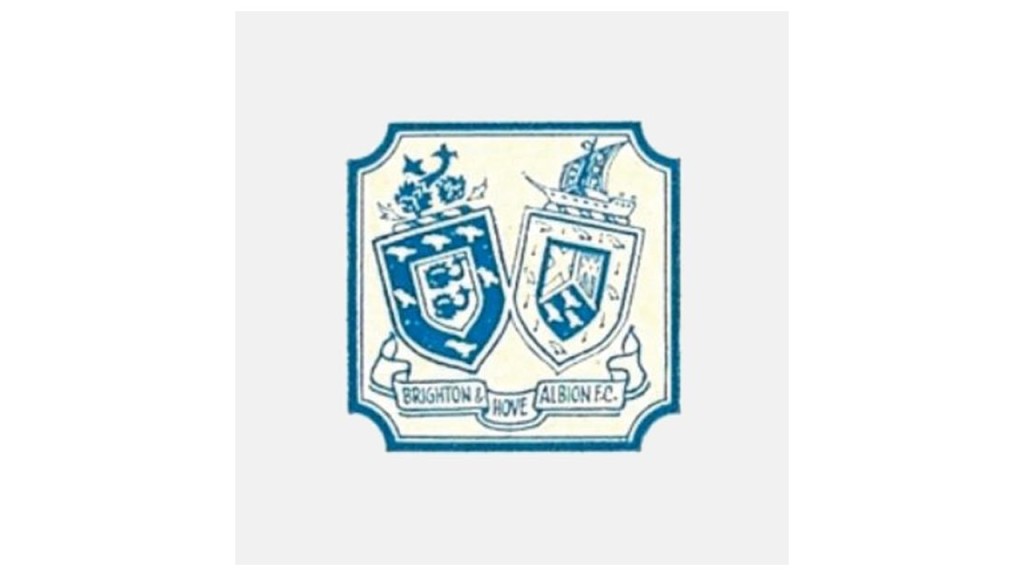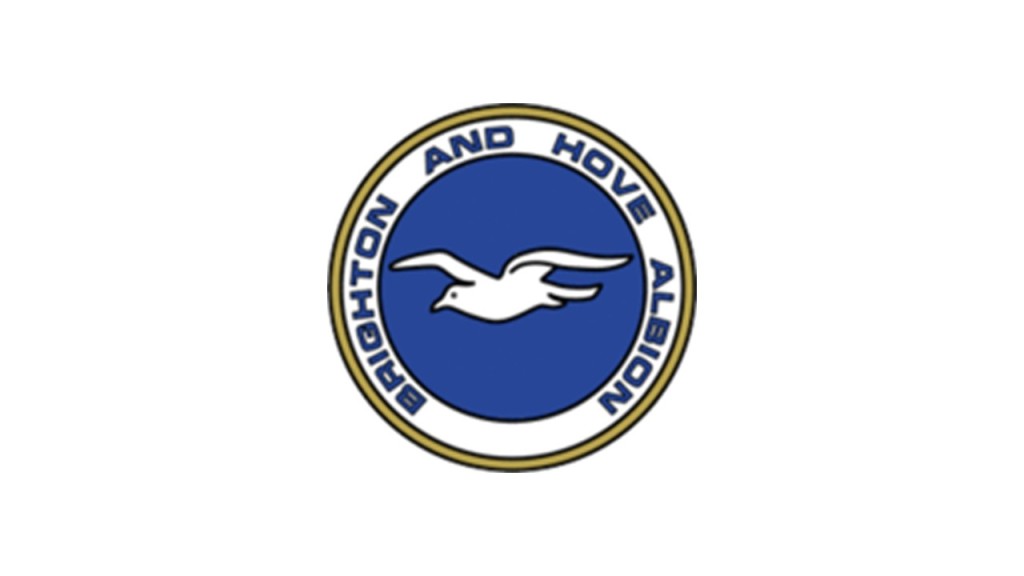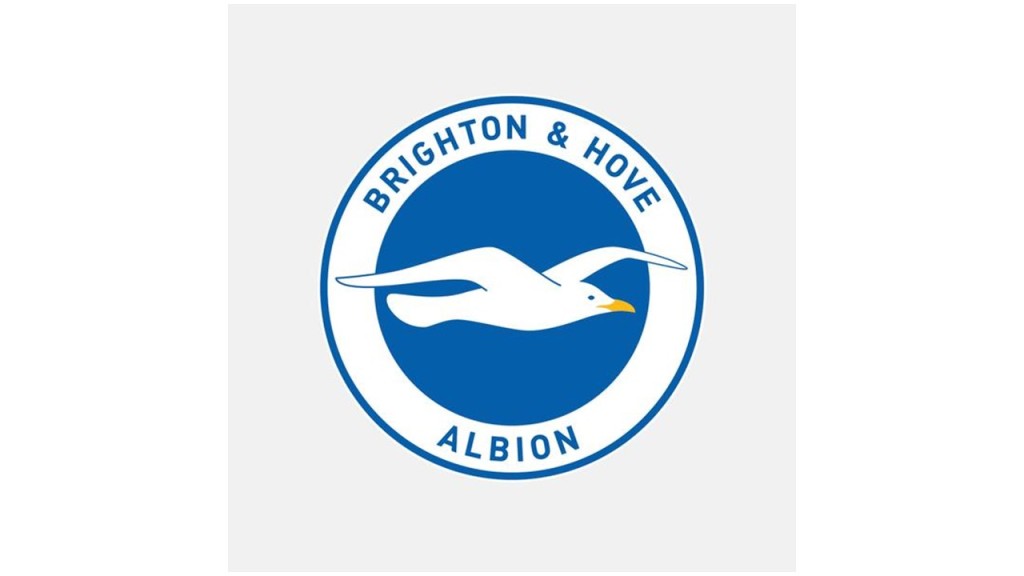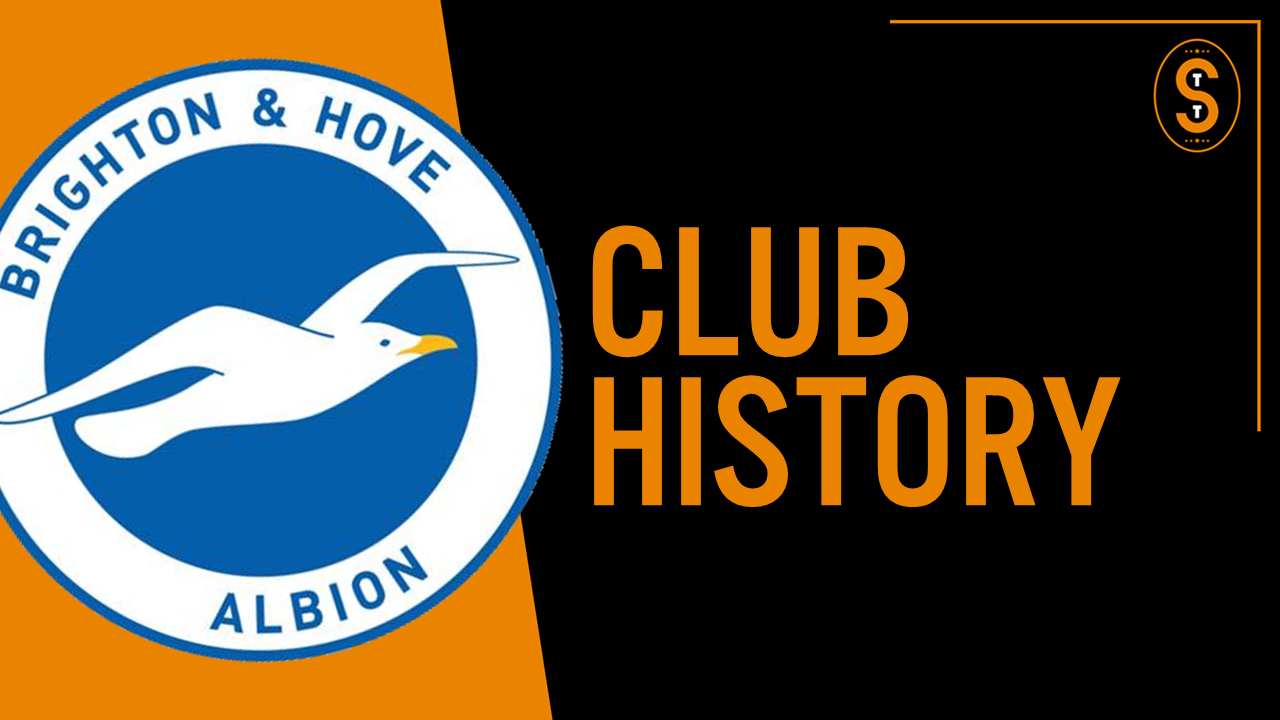Welcome to the Soccer Tavern, where we’re discussing the history, culture, and philosophy of the beautiful game. My name is Dave and in this series of videos, we’re discussing the history of soccer clubs around the world. Next up is Brighton & Hove Albion Football Club. Pull up a seat and let’s start the discussion.
Brighton & Hove Albion FC is located in the far northeastern part of the town of Brighton. It is located in the city of Brighton & Hove, which are 2 separate towns that have since become recognized as one city. The city is located directly south of London on the southern coast of England in the United Kingdom. Albion currently play in the Premier League. The club’s home ground is called the American Express Community Stadium, which opened in 2011, and holds 30,750 people.
Origin
Albion were officially formed in 1901, but their history starts a few years before then. In 1897, the first professional club to form in the area of Brighton & Hove was called Brighton United. That club folded in 1900 and in its wake, an amateur club briefly formed and dissolved within a year called Brighton & Hove Rangers.
After Rangers dissolved, the former Brighton United manager, John Jackson, organized a meeting on 24 June, 1901 at the Seven Stars Hotel pub on Ship Street in Brighton. At that meeting a new club, Brighton & Hove United was formed and soon changed their name to Brighton & Hove Albion. No one really knows why they changed to “Albion” as the new suffix. West Bromwich Albion were doing well at the time, but there were no known connections between the two clubs.
Side note: in researching the word Albion, I discovered that Albion is actually the earliest known name for the island of Britain, used by Ancient Greeks as early as the 4th century BC. So, it’s possible this is a reason the club included it in the name, but I found nothing to support that theory.
Nicknames
The club has 2 nicknames, ‘The Albion’ and ‘The Seagulls’.
(1) The Albion nickname is rather self-explanatory as that is the last part of the club’s official name.
(2) Now, the other nickname has a murky origin story. Brighton & Hove is located on the southern coast of England and has many seagulls given its proximity to the water. There is an unconfirmed story that on Christmas Eve in 1975, some supporters stumbled into Crystal Palace fans at a pub. The Palace fans were chanting “Eagles! Eagles!” to which the Brighton & Hove fans replied “Seagulls! Seagulls!”. Whether that’s true or not, in February 1976, the Albion fans were definitely chanting Seagulls as a response to Palace supporters during a league match. Regardless of where the nickname came from, the Seagull was officially incorporated into the club’s crest in 1977 and the nickname has stuck.
Crest
Speaking of the crest, let’s talk about it.

The original Albion crest was simply the coat of arms of the two towns with the team’s colors of blue and white. The blue was a “fisherman’s blue” obviously in reference to the two town’s being on the water. This crest was used until 1974.

Between ’74 and ’77, the club experimented with a few different crests before settling on a simple blue & white crest with a seagull. Over the years, they’ve updated the colors including adding red for a few years, but this same basic logo is what’s used today.

The seagull has flipped to be facing east instead of west and colors have been slightly updated but it’s more or less the same logo. We’ve already discussed where the seagull comes from and the colors, so this is one of the more simplified backstories regarding club crest in all of the Premier League.
Important Events
Now let’s talk about three of the most important events in the club’s history.
(1) On May 5, 1979, Albion made the 350+ mile trip to Newcastle United for the final match of the season in the English 2nd division. Albion needed all three points to guarantee their promotion. Newcastle’s bitter rivals Sunderland were hoping to snatch a promotion spot at Albion’s expense. Albion got first half goals from Brian Horton, Peter Ward and Gerry Ryan and only conceded a late consolation goal to the hosts. It was a weird dynamic in the stadium as Newcastle supporters were also cheering for Albion because of Sunderland’s involvement and over 10,000 Albion supporters made the trip. At the final whistle, everyone celebrated, which carried over into an absurd train ride home for all the away fans.
(2) The next most important event in Albion’s history happened on May 3, 1997. The club had gone through years of financial mismanagement and was in danger of being relegated out of the Football League (meaning they would become a semi-professional club). This is often seen as a death sentence for professional clubs. On May 3, the club were playing Hereford United and both clubs were tied on 46 points with the Seagulls ahead based on goal difference. Albion needed to win or draw the match to remain a fully professional squad. Albion went down 1-0 in the first half after an own goal and were fortunate to only be trailing 1-0. Hereford dominated the match, but in the 62nd minute, Robbie Reinelt scored to bring the Seagulls level. Albion held out the rest of the match against Hereford’s unrelenting pressure and remained in the Football League.
(3) The final most important event is a recent one. The Seagulls have steadily climbed the divisions over the years since that dramatic day in 1997 before finally gaining promotion back to the first division (now called the Premier League) on April 17, 2017. On this date, the club beat Wigan Athletic 2-1 with goals from Glenn Murray and Solly March to secure promotion.
Supporters
Now let’s discuss the club’s supporters. There’s no official nickname for Albion supporters beyond Albion or the Seagulls.
Supporters do sing the song Sussex by the Sea as their club anthem. Singing this song started in 1910 when the song was popular. It still remains the club’s traditional theme song over 100 years later. It’s played as the team runs out, and is sung with passion by fans.
Noteworthy Players
Given Albion’s relatively limited top flight history, there’s not many well-known players to choose from that I usually highlight in this section.
Bobby Zamora, who most modern fans will know from his time at Fulham, was voted the club’s greatest ever player in 2014 and is likely the most well-known Albion player.
Noteworthy Managers
Now let’s talk about two of the club’s most famous managers.
(1) Charlie Webb, was the club’s longest serving manager. He was an Albion player for 275 matches between 1908-1915 before managing over 1,200 matches from 1919 until 1947. A true club legend in its early days.
(2) The other manager is definitely the most high profile manager in the club’s history, Brian Clough. Clough was one of the most famous and volatile managers of his era. He started managing Hartlepool United in the English 4th division in the 1960s and had won the first division title with Derby County by the early 70s. He had a falling out with Derby County management and was appointed as Albion manager in November 1973. Given that Albion were in the 3rd division at the time, this was an astonishing appointment.
Even though Clough had experience in the lower divisions, he struggled to adapt to the 3rd division with the Seagulls. He lasted just one season with Albion, finishing in 19th place before leaving for his infamous 44 days as manager of Leeds United in July 1974. He went on to win more first division titles, European Cups, and other trophies after his time at Albion but is definitely the most famous manager in the club’s history.
Rivals
Now it’s time to talk about rivalries. The Seagulls consider AFC Bournemouth and Crystal Palace as rivals.
The Bournemouth rivalry appears to be because both clubs are along the south coast. It’s not much of a rivalry but fans and players tend to get up for matches involving other clubs in the vicinity. So Bournemouth can be considered a loose Albion rival.
Albion’s main rival though is Crystal Palace. The two clubs played each other many times over the years in the lower divisions with Palace often being Albion’s closest geographical league opponent. The rivalry, really kicked off in 1976.
In the summer of ’76, Palace appointed Terry Venables as manager with Albion naming Alan Mullery as their new manager. Those two individuals were already rivals, stemming from their time as teammates at Tottenham. Both clubs targeted gaining promotion out of the 3rd division at the start of that season. The clubs then met 5 times over the course of the season with the 4th meeting (an FA Cup replay match on December 6, 1976) really setting things off.
After a controversial ending to the match, a Palace fan poured hot coffee on the Albion manager. Mullery responded by throwing change from his pocket on the floor, screaming “That’s all you’re worth, Crystal Palace”, and giving some “none too polite signs” with his fingers to the fans. The combination of both sides gunning for promotion, meeting so many times in one season, and the incident with Mullery created a fierce rivalry that continues to this day.
It’s been helpful that the two sides have met in many meaningful matches since that December 1976 FA Cup match. With the most important recent match being a 2013 playoff promotion match that involved Palace advancing over Albion.
Stats & Records
Now let’s discuss some stats & records as of February 2018 when we are recording this video:
Albion have spent 5 seasons in the top flight in their history.
The club has no major trophies though they do have:
- a handful of lower division champions trophies
- 1 FA Cup runner up in 1983
- Biggest trophy ever came in 1910 when they won the FA Charity Shield, which we now know it as the Community Shield and were crowned “Champions of England”
The club’s record first team appearance holder is Ernie “Tug” Wilson with 556 appearances.
The club’s record goal scorer is Bert Stephens with 174 goals.
The club’s record transfer purchase was Jürgen Locadia from Dutch club PSV Eindhoven on January 18, 2018 for about £14M.
The club’s record transfer sale was Leonardo Ulloa to Leicester City FC on July 22, 2014 for about £8M.
And one last interesting fact about the Seagulls: The club kept playing throughout the Second World War and never failed to fulfill a fixture, but it was a struggle to survive. Under the wartime regulations, manager Charlie Webb often called upon players of other clubs serving with the Army in the area. And on some occasions he even had to draft soldiers from the crowd to complete an eleven.
So there you have it… a bit of history on Brighton & Hove Albion FC. Let’s continue the discussion in the comments section below this video.
Thanks for stopping by the Soccer Tavern. Hope to see you again sometime soon. Cheers.
